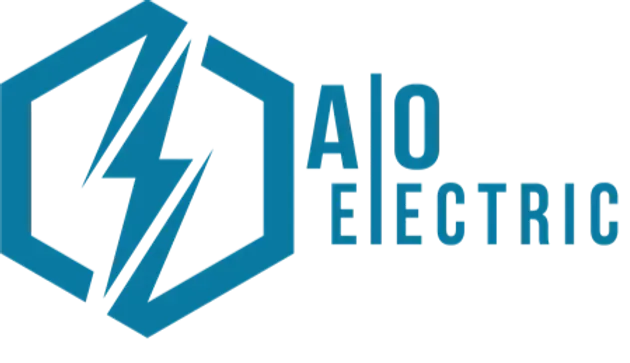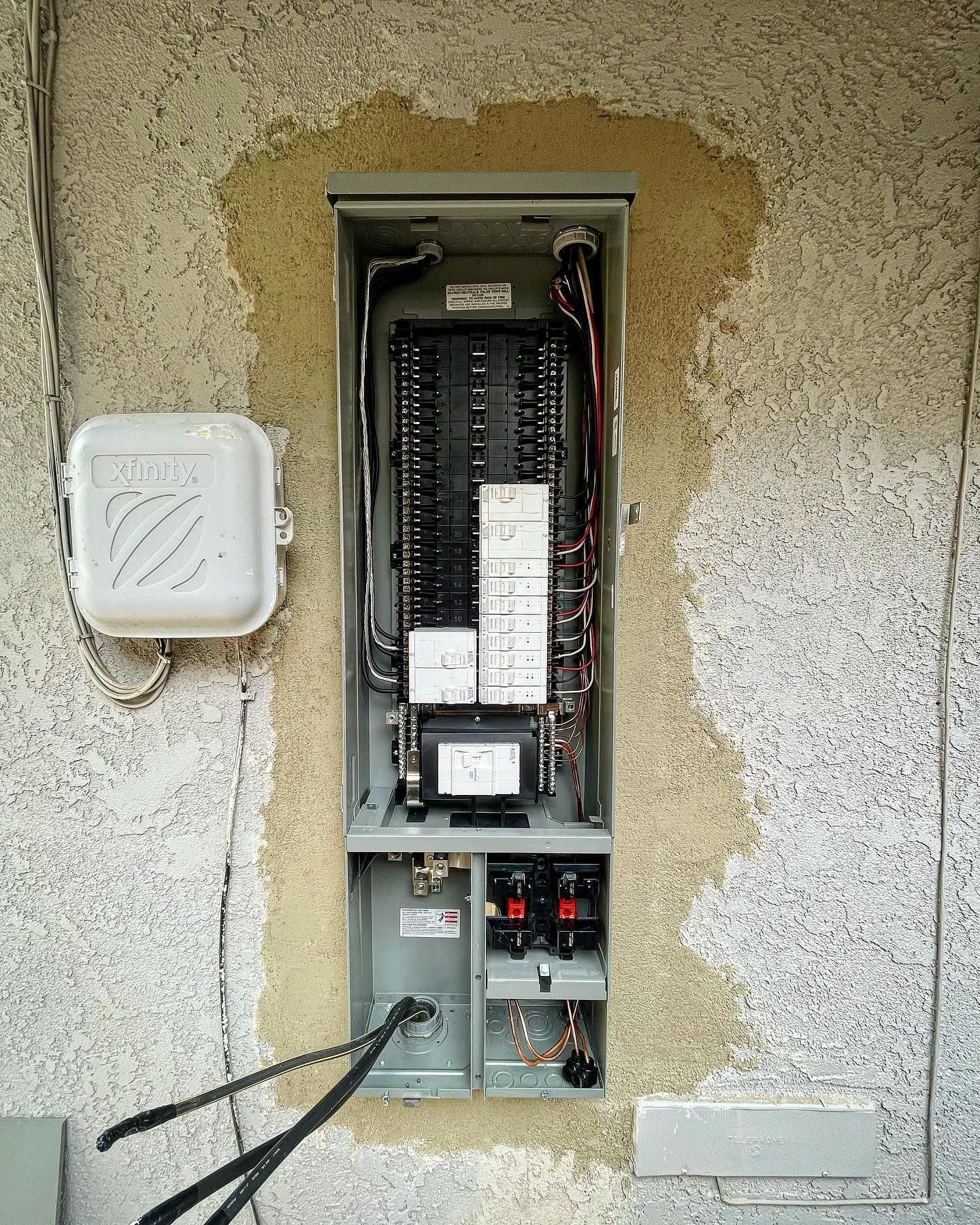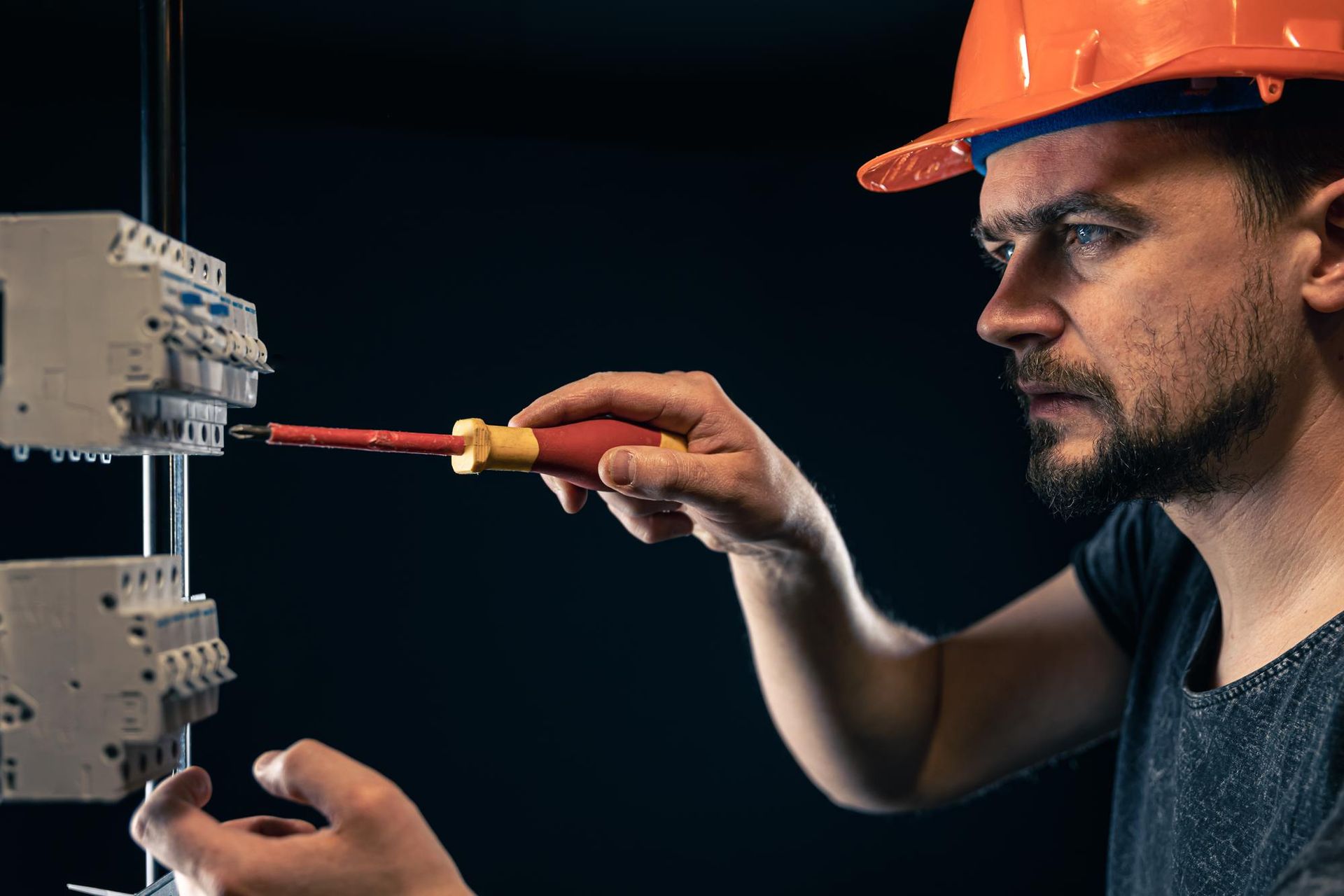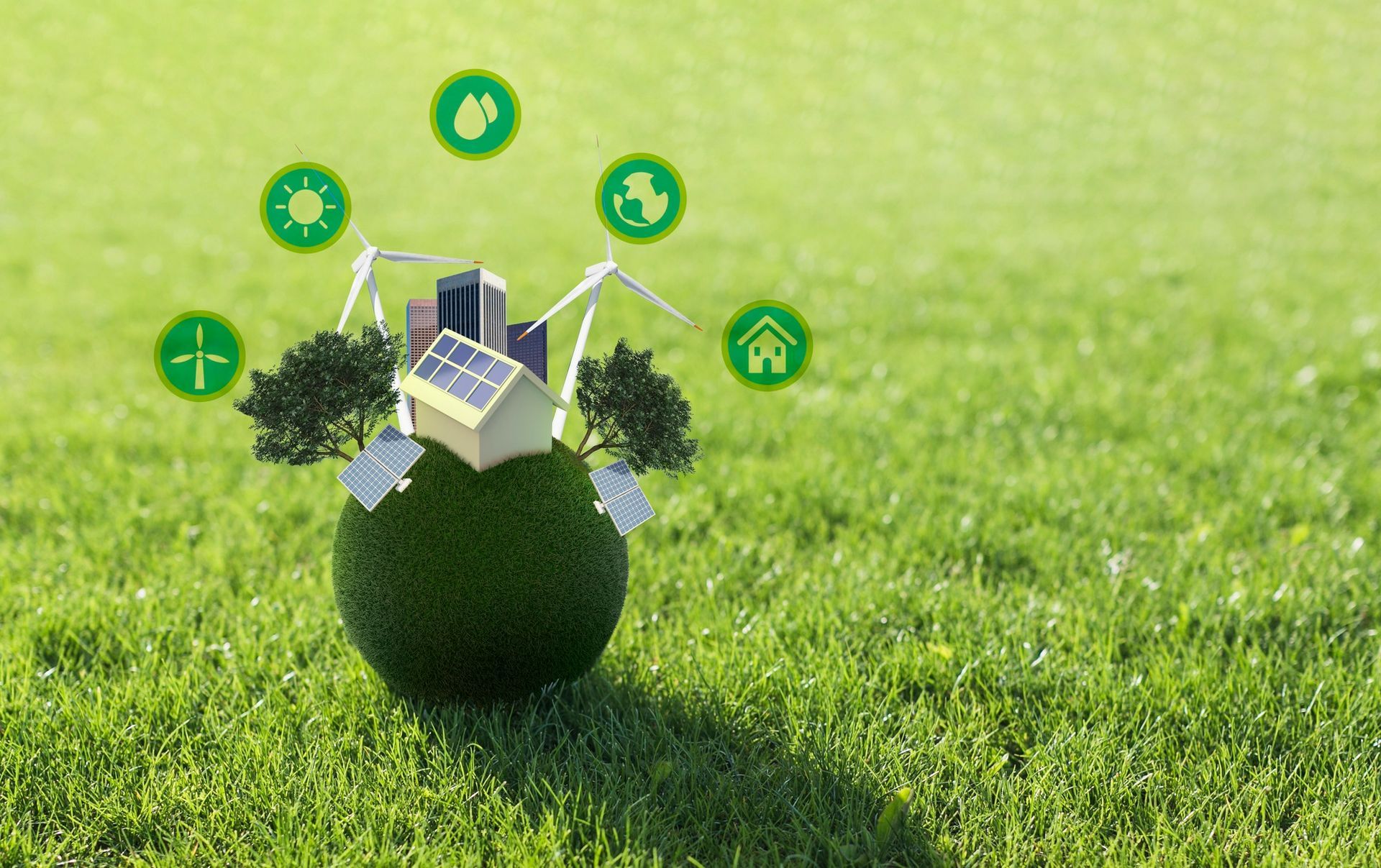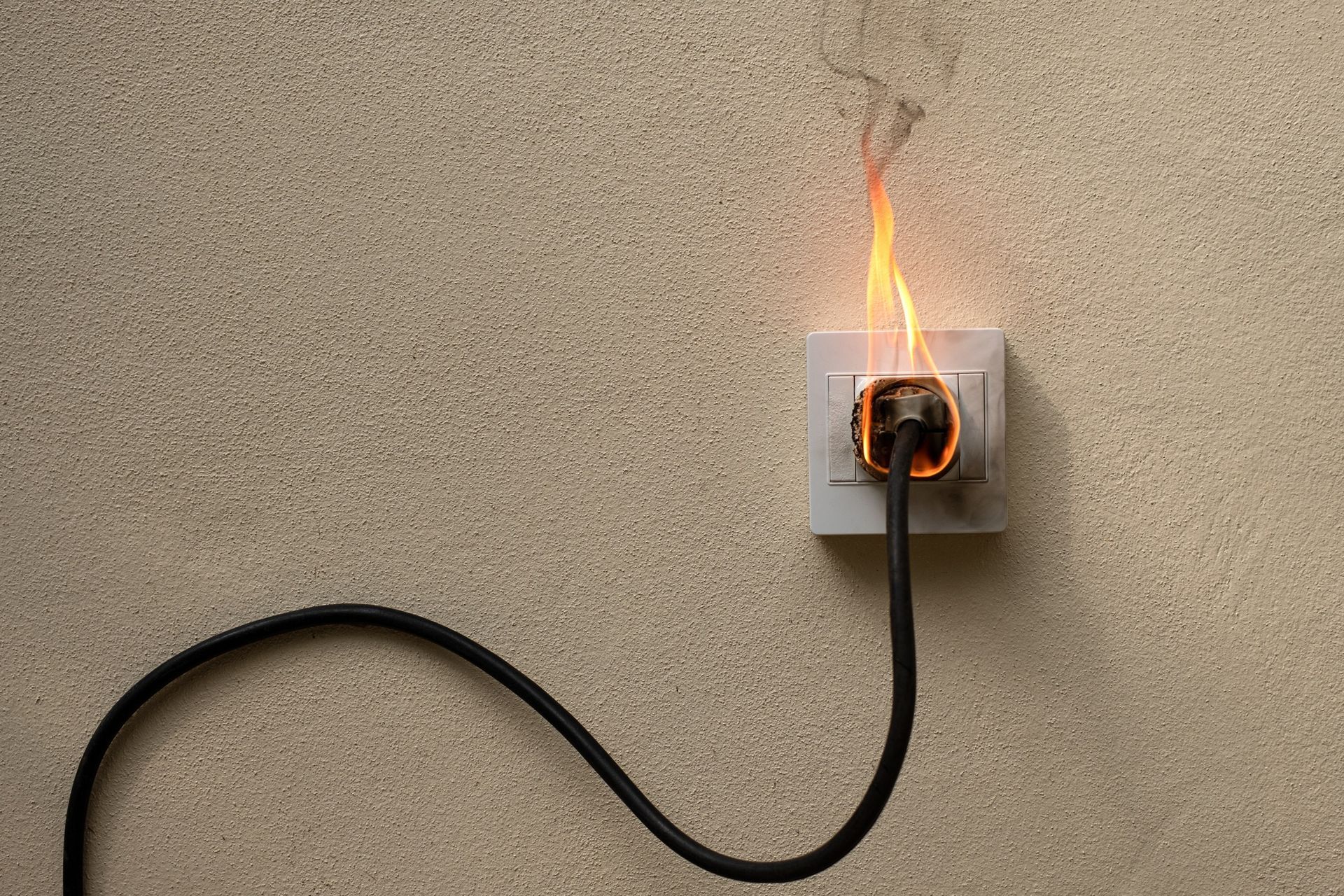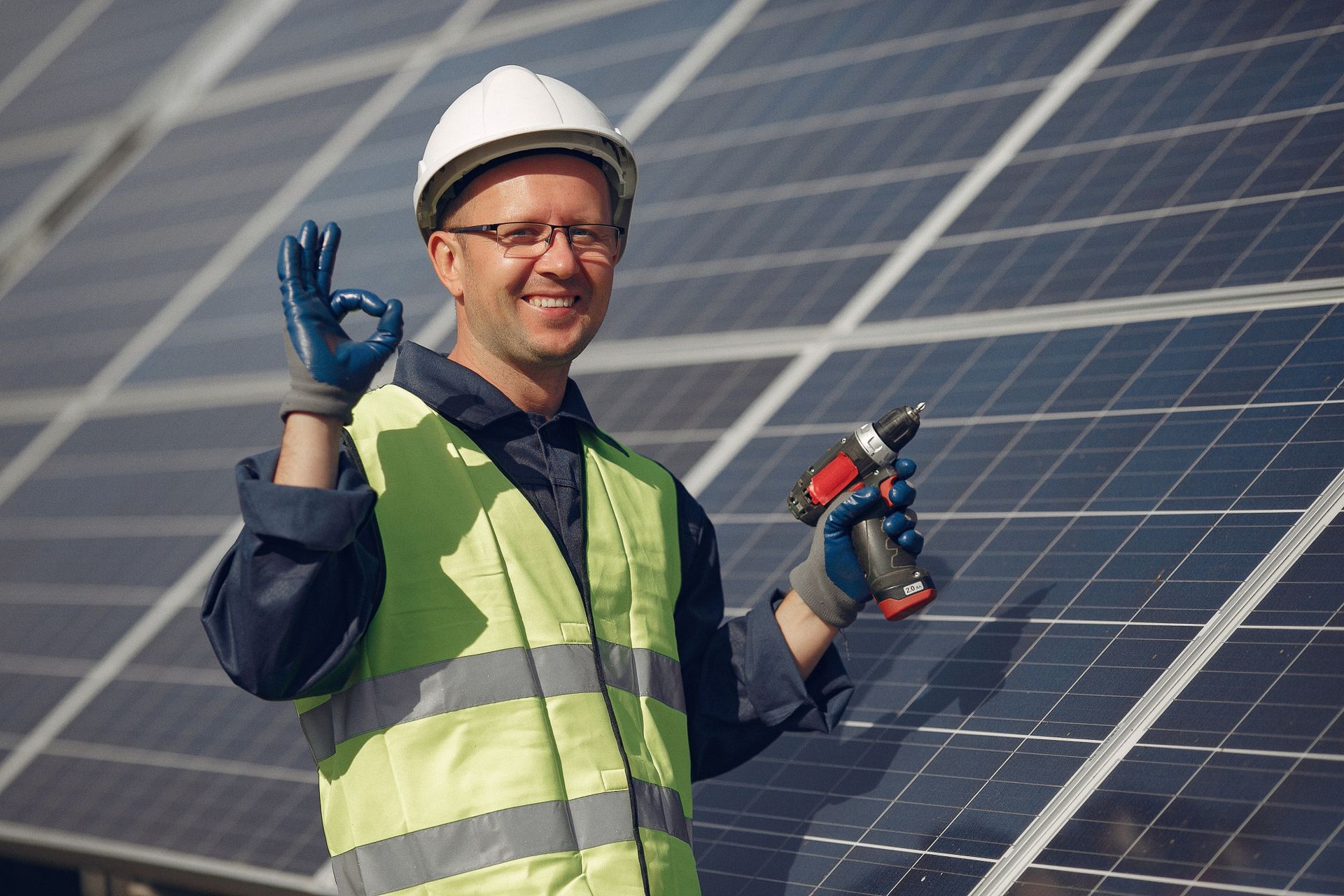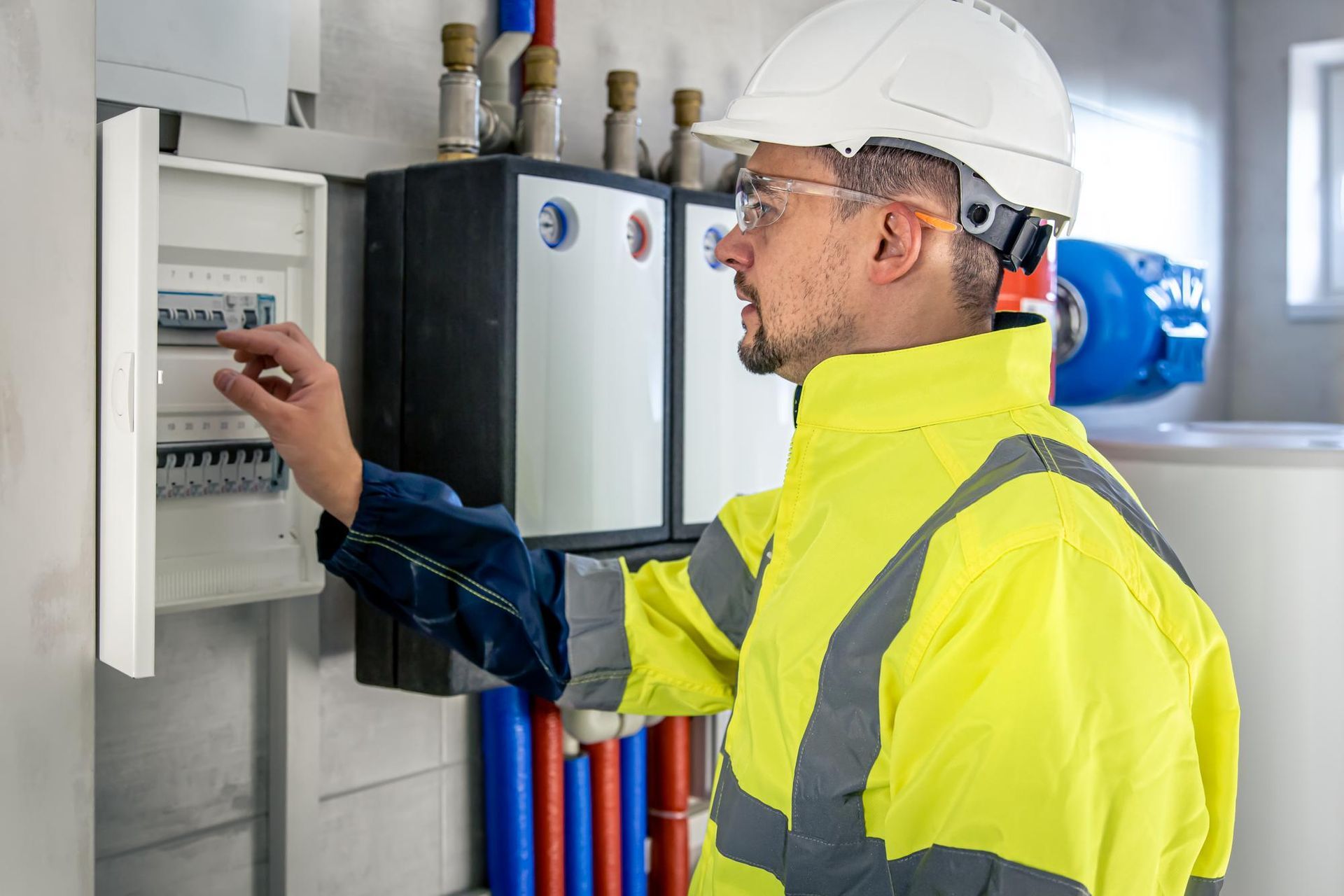Sacramento, CA
Integrating Renewable Energy Systems with Your Main Service Panel
In today's climate of increasing awareness of environmental sustainability and energy efficiency, many homeowners and businesses are considering the integration of renewable energy systems into their existing electrical frameworks. The main service panel, often regarded as the heart of a home's electrical system, plays a pivotal role in this integration. But how exactly does this process work? What should homeowners be aware of, and what are the benefits of such an integration? Dive into this comprehensive guide to discover more.
1. The Renewable Energy Shift
Over the last few decades, the global emphasis on traditional, non-renewable energy sources has seen a transformative shift. The once dominant coal, oil, and natural gas industries are now witnessing competition from cleaner and more sustainable renewable energy sources. Here’s a more in-depth look at this seismic shift.
The Driving Forces:
- Environmental Concerns: With the ever-growing awareness of climate change and its devastating effects, there has been an international push towards reducing carbon emissions. Traditional energy sources are significant contributors to greenhouse gas emissions, driving the demand for cleaner alternatives.
- Economic Viability: Initially, renewable energy sources, especially solar and wind, were expensive and seen as economically unviable. However, with technological advancements and economies of scale, the costs have plummeted, making renewables competitive with, and sometimes even cheaper than, traditional sources.
- Energy Security: Relying heavily on imported fossil fuels can be a geopolitical risk. Renewable sources offer nations a chance to produce energy domestically, enhancing energy security.
Types of Renewable Energy Seeing Growth:
- Solar: One of the fastest-growing energy sources. Innovations in photovoltaic cell technology have led to more efficient and affordable solar panels.
- Wind: Wind turbines have seen both design and efficiency improvements. Offshore wind farms, in particular, are seeing substantial investments.
- Hydropower: While not a new technology, advancements in turbine designs and micro-hydro installations have revitalized interest in water-based energy.
- Biomass & Bioenergy: From using organic materials to produce electricity to converting them into biofuels, biomass is a versatile renewable source.
- Geothermal: Harnessing the Earth's internal heat, geothermal energy offers a constant and reliable source, especially in regions with volcanic or tectonic activity.
The Role of Policy & Incentives:
Many governments worldwide are incentivizing renewable energy adoption through subsidies, tax breaks, and research funding. These policies are critical in helping renewables overcome initial infrastructure costs and market-entry challenges.
Challenges Faced:
While the shift is positive, it's not without challenges. The intermittent nature of solar and wind energy requires effective storage solutions. Grid infrastructure in many countries needs upgrading to handle the influx of decentralized renewable energy sources. Moreover, transitioning away from fossil fuels has economic implications, including job shifts and industry transformations.
The Consumer Angle:
On a grassroots level, consumers have become significant proponents of this shift. From adopting rooftop solar panels to supporting businesses that are sustainably powered, the public's role cannot be understated. The democratization of energy production, where households and small businesses produce their energy, is a testament to this shift's depth and reach.
The renewable energy shift isn’t merely a transition of power sources; it’s a multifaceted movement encompassing technology, policy, economy, and public sentiment. As the world stands on the cusp of an energy revolution, understanding and navigating this shift is crucial for a sustainable future.
2. Understanding the Main Service Panel
The main service panel, colloquially known as the breaker box or fuse box, is an integral component of a home's electrical system. Often hidden away in a garage, basement, or utility room, this box is the primary junction point for electrical circuits in your home. Let's delve deeper into its functions, components, and importance.
Functions of the Main Service Panel:
- Distribution Center: It receives the main power line from the electrical utility, which then gets divided into subsidiary circuits for different parts of the home.
- Protection Mechanism: It houses circuit breakers or fuses that act as safety devices, interrupting power supply when there's an overload or fault in the connected circuit to prevent fires or damage.
- Control Point: It allows homeowners to control the power supply. You can switch off power to particular circuits during maintenance or in emergencies.
Key Components:
- Main Breaker: This large switch controls the power to all the other breakers in the panel. If switched off, it cuts power to the entire house.
- Circuit Breakers/Fuses: These are individual switches that control specific areas or circuits in the home. They trip or blow if they detect an overload or fault, respectively.
- Bus Bars: These are conductive metal bars that distribute power from the main breaker to the subsidiary circuits.
- Neutral Bar: All the white neutral wires connect here. It's a safety path for returning currents.
- Ground Bar: All the ground wires from the home's circuits connect here, ensuring a direct path to the earth in case of any faults.
Types of Panels:
- Main Breaker Panel: Has a large main circuit breaker and individual breakers for each circuit.
- Main Lug Panels: Does not have a main breaker. Instead, the line wires run to lugs.
- Subpanels: These are secondary panels, drawing power from the main panel but allowing for more circuits. They are often used in renovations or home additions.
Safety Considerations:
- Regular Inspections: It's essential to inspect the panel periodically for signs of wear, corrosion, or damage. An outdated or damaged panel can be a significant fire risk.
- Professional Handling: While it's tempting to DIY, professional electricians should handle installations, upgrades, and repairs due to the risks involved.
- Clear Access: Ensure the area around the panel is always clear, allowing for easy and emergency access.
Upgrades & Modernizations:
With the advent of smart homes and advanced electrical appliances, modern service panels have evolved. Today's panels come with features like surge protection, monitoring capabilities, and integration points for renewable energy sources.
In a nutshell, the main service panel is the central hub of a home's electrical system, ensuring that electricity flows safely and efficiently to every corner of the dwelling. A well-maintained panel not only safeguards the home's occupants and assets but also serves as a foundation for any electrical upgrades or integrations in the future.
3. The Intersection of Renewable Energy and Main Service Panels
When integrating a renewable energy source, the main service panel becomes the nexus point where traditional electrical power meets the energy generated from renewable sources. Essentially, it ensures that your home utilizes the renewable energy first before pulling from the grid.
4. Steps to Integrate Renewable Energy Systems
- Assessment and Planning: Before any installation begins, it's crucial to assess your current electrical system and energy needs. Consulting with an expert can help determine the right size of the renewable system for your home.
- Choosing the Right Inverter: Inverters convert the direct current (DC) electricity produced by most renewable systems into alternating current (AC) used by homes. Ensure the inverter is compatible with your main service panel and the chosen renewable source.
- Interconnection: This involves physically connecting your renewable energy system to the main service panel. Often, a separate breaker is installed within the panel to manage the renewable source.
- Net Metering: Many regions offer net metering, allowing homeowners to send excess energy back to the grid. A two-way meter is installed to measure power consumed from and delivered back to the grid, potentially offering credits to the homeowner.
5. Benefits of Integration
- Economic Savings: Over time, renewable energy systems can reduce energy costs, with some homeowners achieving zero net energy consumption.
- Environmentally Friendly: By relying on natural resources, homeowners reduce their carbon footprint and contribute to a more sustainable future.
- Energy Independence: Depending on the scale and type of renewable system, homeowners might achieve partial or full energy independence, reducing reliance on the grid.
- Potential Increase in Property Value: Homes equipped with integrated renewable energy systems can see a boost in market value.
6. Considerations and Challenges
While integrating renewable systems offers numerous benefits, homeowners should be mindful of the challenges:
- Initial Costs: The upfront cost of renewable energy systems can be high, though various tax incentives, rebates, and financing options can help offset this.
- Maintenance: Renewable energy systems, like solar panels, require periodic maintenance to ensure optimal performance.
- Space Requirements: Some renewable sources, particularly solar panels, require significant space. This may not be feasible for all properties.
- Variable Energy Production: Unlike the constant supply from the grid, renewable sources might produce variable amounts of energy depending on factors like weather.
7. The Future of Energy: A Blended Approach
With advancements in battery storage technologies and smarter main service panels equipped with monitoring capabilities, the future looks bright for a seamless integration of renewable sources and traditional grid energy. A blended approach, where homes and businesses utilize renewable energy while still connected to the grid, provides a balanced, sustainable solution.
Conclusion
The fusion of renewable energy systems with the main service panel is more than just a trendy move; it's a monumental step towards a sustainable, energy-efficient future. With careful planning, understanding, and investment, homeowners can reap the myriad benefits of this integration. For those in Sacramento, CA looking for top-notch expertise in this arena, AO Electric Inc. stands out as a leading service provider. With their deep-rooted knowledge and dedication to ensuring efficient and safe energy solutions, they've carved a niche in the industry. You can reach them at (916) 531-6398 to discuss your energy needs and integration possibilities. As the energy landscape continues to evolve, staying informed and proactive, with the assistance of trusted experts like AO Electric Inc., will ensure we harness the best of both renewable and traditional energy sources.

